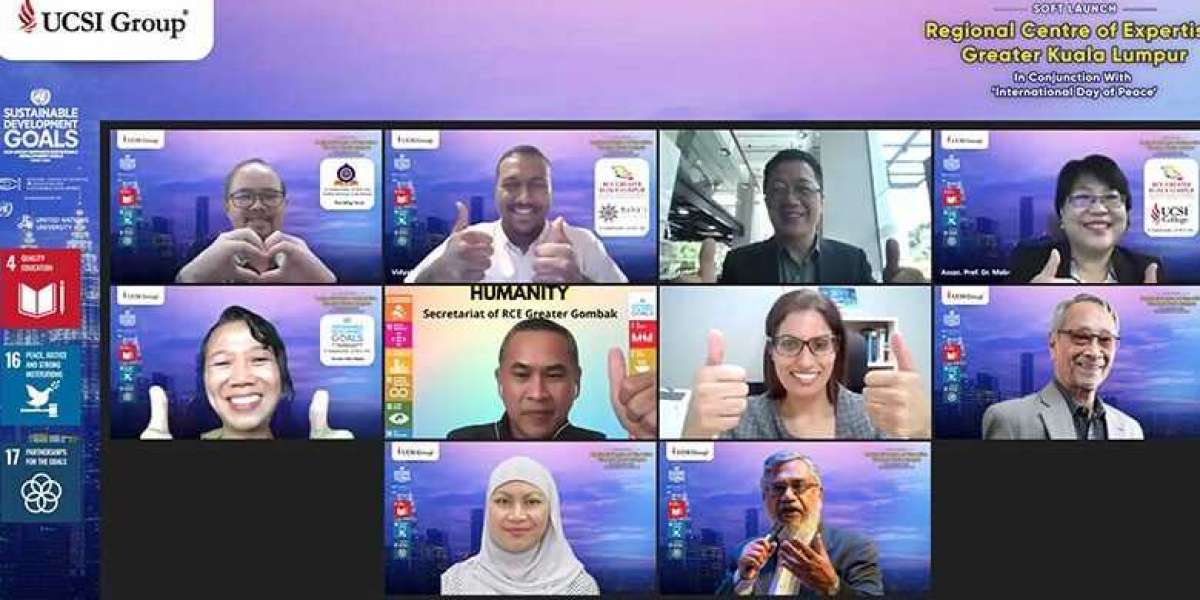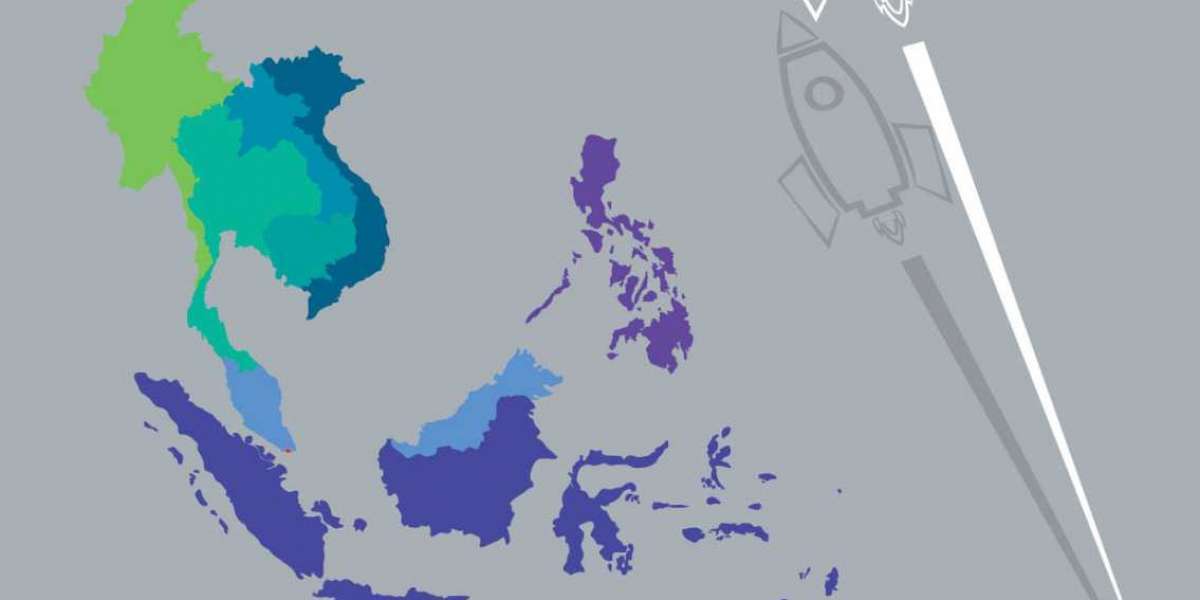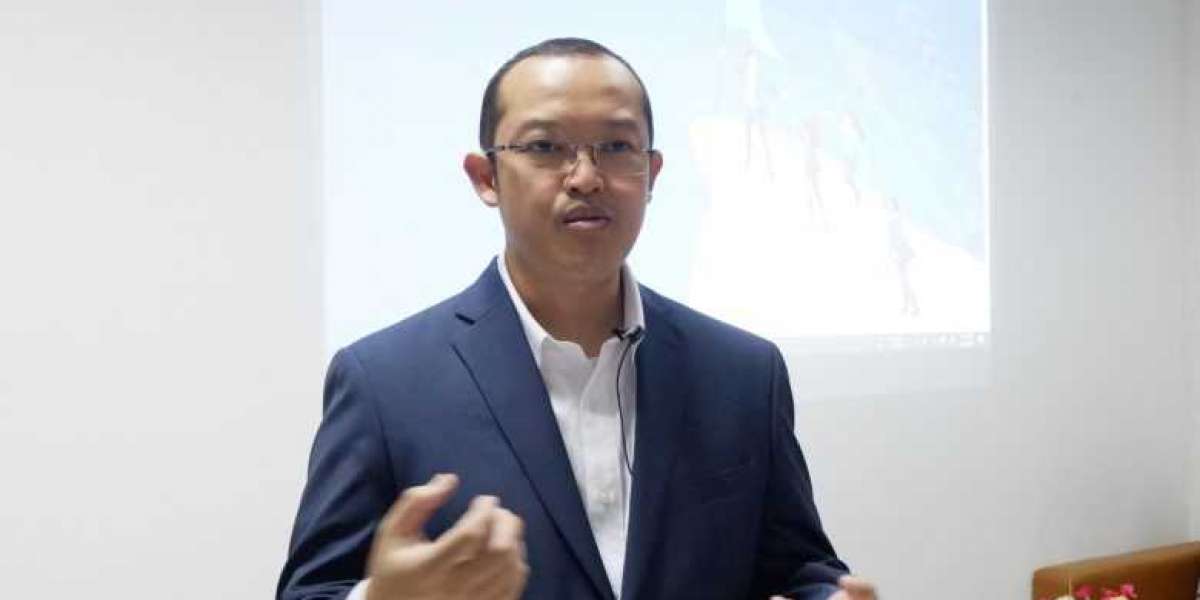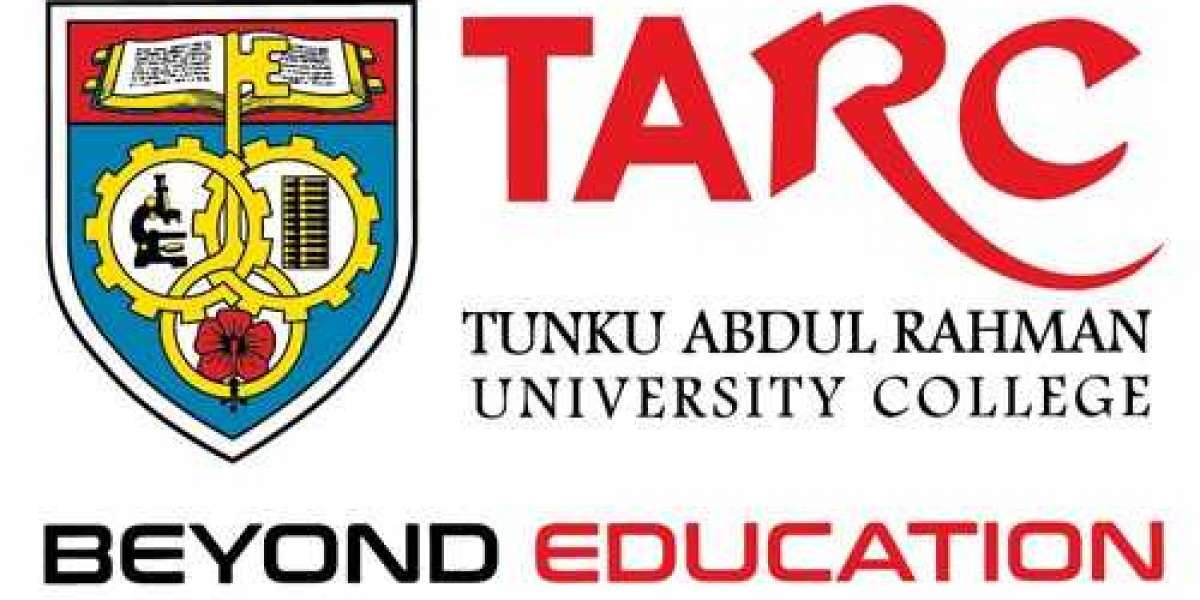The pursuit of ‘Internationalisation’ is well-embedded in all university strategies. All universities accept the importance of being ‘international’. Based on four decades of personal experience and reflections, in this paper I indicate how basic Internationalisation 1.0 evolved into 3.0 and where it is heading now: Internationalisation 4.0.
Internationalisation 1.0: the international brotherhood/sisterhood of academe
For so-called leading universities internationalisation always has been and will be completely normal. The top academics – or those with the aspiration to become one – used to be referred to as ‘cosmopolitans’. They speak at international conferences, are visiting professors at universities across the world, publish internationally and work with fellow researchers based at institutions around the globe. They are committed members of what I call the ‘brotherhood and sisterhood of academe’. This is also how I personally became involved, as a young and ambitious academic at Utrecht University building up global networks within the academic brother/sisterhood in my research field, sustainable urbanisation. Universities support this because the more ‘cosmopolitans’ it has, the more likely it will gain a reputation as a top institution.
I should add to this, the internationalisation of the third mission of universities – to have an impact on society through social responsibility. And of course, the study of languages and culture. Together they form the foundations underneath Internationalisation 1.0.
Internationalisation 2.0 – strategic internationalisation
Strategic and comprehensive internationalisation in Europe started during the mid-eighties and initially there was ‘Europeanisation’ in the form of the original ERASMUS programme. Slightly by coincidence, I was drawn into this when I moved, originally only half time due to early-stage scepticism, to the Erasmus University Rotterdam to make this happen there. ‘This’ initially referred to student mobility with a target of 10% international student exchange mobility, all enabled with public funding. But also included was the internationalisation of the curricula, mobility of lecturers, joint degree programmes etc. Though the focus was heavily on the opportunities offered to students to study abroad for a period without the loss of study time, the more important dimension was the so-called ‘Internationalisation at home’, meaning a comprehensive internationalisation, also benefitting the 90+ percent of students who for whatever reason did not study a period abroad. Meanwhile the European focus became much more global (Erasmus plus) and research also started to benefit increasingly from European/Internationalisation stimulants.
In Internationalisation 2.0, the internationalisation objectives have become an almost self-evident and fully integrated element of university strategies. But the impetus that made this happen was a national recognition of the importance of university internationalisation as a key component in social and economic welfare in the globalising world.
Internationalisation 3.0 – the multinational university
Slightly controversially I identify Internationalisation 3.0 with the title I used in 2003 for a paper written for the European Association for European Educators. In ‘The Multinational University1’ I introduced the concept that as in business when more than a quarter of your revenue is derived from outside your own country you are no longer national, you become multinational. In my view for academe this means fees earned from students recruited from abroad and revenue from programmes and operations delivered abroad. In economic terms this means moving the consumers and moving the products.
This view was heavily based on my work at the University of Westminster in London, which I joined in 1993, but also on my Australian experience acknowledging the pioneering work of, for instance Monash University, and more personally during my time as acting Vice President at the University of Victoria for Technology, during a sabbatical in 1998. But also, my work at Leiden University in the Netherlands where I was Vice President International 1999-2004 (in parallel to my Vice President position at the University of Westminster, 1993-2009) where effectively I tried to make a start moving that ‘ancient’ and historically very international minded institution from Internationalisation 2.0 into Internationalisation 3.0. But I believe the cradle of Internationalisation 3.0 was in the Anglo-Saxon world.
When in the late 1980s, the UK tuition fees for non-UK students (later for legal reasons modified to non-EU) were no longer paid for by public funding, British universities realised that they could turn a problem into an opportunity. With domestic student numbers capped, fees effectively fixed and public funding for each ‘home’ student rapidly being cut, international students paying unregulated full cost fees quickly became an answer to a problem whilst supporting the broader internationalisation objectives. International student recruitment became professionalised with the UK catching up in this respect to the USA and, as I discovered in the 90s, also with Australia which embraced what they called the ‘international education industry’ wholeheartedly and often utilising innovative public-private partnerships. The twinning programmes emerged around the world, particularly after the mid-90s, franchises and validation enabled the delivery of UK degrees abroad and entire branch campuses created e.g., by Nottingham University in Malaysia and China and, of course, also by the University of Westminster (WIUT Tashkent Uzbekistan). In ‘The Multinational University’, I provocatively predicted that in the future more revenue would be derived from ‘products delivered abroad’ than ‘consumers recruited onshore’. Which is what actually has now happened in the UK.
Internationalisation 4.0 – globalisation
Universities today typically are in the Internationalisation 2.0 or 3.0 stage, or in between. So, what will Internationalisation 4.0 look like?
In Internationalisation 4.0 universities aim to take full advantage of the fact that education is not (and should not want to be) immune to the forces of social, cultural, and economic globalisation. The easiest way to explain the difference between ‘international’, ‘multinational’ and ‘global’ as I see it, is to use the following metaphor: if we see the university as a tree, ‘international’ is where one tries to make the tree as high, as impressive, and as visible as possible through enthusiastic cultivation and cross fertilisation. In International 3.0 (Multinational), the roots of the tree reach well across the borders, drawing nourishments from across the world, allowing it to reach greater size and strength. But in Internationalisation 4.0 (Global), the story is no longer about nurturing the tree, but about cultivating a forest. Utilising the forces of globalisation as well as impacting globalisation, universities can come together to create something bigger and also more protected, and more efficient than they can do as freestanding.
The forest can be a natural forest, and these have already become quite an established phenomenon in the higher education landscape. I myself have been involved in quite a few such as the Compostela Group of Universities, a very diverse consortium of approximately 70 universities, and by contrast the European League of Universities, a group of carefully selected research led institutions, that was initiated by Leiden university in the late nineties. Such natural forests evolve over time, grow, become more pronounced in mission or by contrast might all move apart.
But Internationalisation 4.0 introduces a different type, namely a carefully planned and cultivated forest. It might be initiated by governments, e.g. the European Research University initiative by the European Union. Or it can emerge in the private sector. An example of such a carefully designed and cultivated global forest created in the private sector is Global University Systems2, an initiative I have been working on intensively for nearly a decade. Global University Systems brings together selected universities that have a strategic geographic spread, a variety of academic strengths, different levels of accessibility, and different modes of delivery. These universities use each other’s campuses (approximately currently forty worldwide), utilise shared services and administrative back offices in different time zones with cost efficiencies. At the core are ten or so well established and internationally minded universities with strong roots in Canada, UK, Germany, and India, plus a good dozen smaller educational institutions covering a broad range of disciplines and a similar number of affiliated institutions. The latter refers to strategic partnerships with typically public, quasi-public or non-profit universities, that further enrich the diversity of the System. Thus, the System presents collective strength through size and cost efficiency that flourish under the forces of globalisation. The System also offers security because being so diversified the institutions together can easily weather the storms that sometimes batter education.
It is understandable this global system operates in the private sector, given that there is no global government. But as indicated, with a good number of affiliates in the public and not for profit sector the reach of the System is more inclusive that one might think. Its profitability comes from economies of scale whilst ensuring the institutions retain, where possible, a small scale and valued study experience in attractive places.
The concept that underpins Global University Systems is purposely based on the principles of Internationalisation 4.0. In my view it indicates a likely future for higher education around the world. No doubt creativity will bring different types of ‘forests’ into existence as well. After all, the key message of this overview of four decades is: internationalisation has been and will continue to evolve and in that evolutionary process is able to grow from strength to strength. I expect that Internationalisation 4.0 will show that a (cultivated) forest is bigger, stronger, more visible, and better protected (risk diversification) than a single tree. It does not mean that the old sturdy trees like Harvard, Yale, Oxford, Cambridge will fall over soon. It is a safe bet to assume they shall retain their place faithfully to the original brotherhood/sisterhood of academe, internationalisation 1.0. And surely others will happily continue to flourish under Internationalisation 2.0 and 3.0, because in the rather conservative university world we tend to add innovation whilst for a considerable time still retaining what was established previously. But to repeat my adage, I am convinced that higher education cannot be – nor should wish to be – immune to the forces of globalisation. Creating and cultivating strong university ‘forests’ is a logical consequence of that.
About Professor Maurits van Rooijen
Professor Maurits van Rooijen is Group Rector and Chief Academic Officer of Global University Systems (GUS). In addition to this role, on 1st September 2019, Maurits was appointed as Rector of the University of Europe for Applied Sciences. Maurits is also Chairman of IBAT College Dublin and of GISMA Business School Germany. He studied and lectured at Utrecht University before joining the Erasmus University Rotterdam. In 1993 he moved to the University of Westminster, London from which he retired as Executive Vice President when he took up the position of Rector Magnificus and CEO of the Dutch ‘corporate leadership’ university, Nyenrode. In 2012 he joined forces with the entrepreneur Aaron Etingen and Global University Systems was created.
Maurits has held visiting and honorary appointments at universities around the world in his academic field (sustainable urbanisation) and has published widely on international education and on university management. He is actively involved in various international organisations. He is the former President of the Compostela Group of Universities (2008-2016) and is the long serving co-chairman of the World Association for Co-operative and work Integrated learning3. He holds various international awards such as the Constance Meldrum prize for Vision and Leadership (EAIE 2012) and the Emblema d’Ouro or Golden Insignia of the Universidad Santiago de Compostela (2014).








